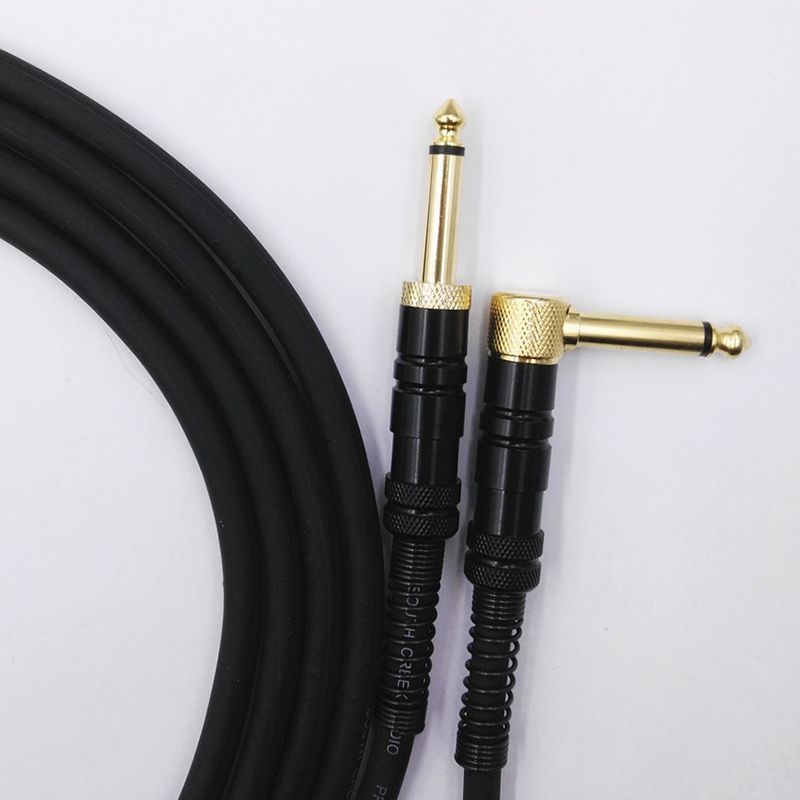Briefly describe the failure mechanism of the connector
Generally, any product or machine part loses its function of operation, which is caused by various factors, and the same is true for connector products. The failure mechanism of the connector can be summarized as the following three major points;
The first point. Connector corrosion
Connector corrosion is mainly related to the contact interface and surface treatment of the connector. Generally, the two main mechanisms for corrosion to increase the resistance of the connector are:
1. The metal surface coating of the connector is formed at the contact interface and the chemical reaction of air.
2. Corrosive substances penetrate into the contact interface and reduce the contact area.
Three common types of corrosion that connector products must be considered, usually surface corrosion, corrosion migration and small hole corrosion;
1. Surface corrosion refers to the corrosion film covering the connector surface, such as tin oxide, palladium/palladium alloy oxide.
2. Corrosion migration refers to the migration of corrosive substances to the connector surface to the contact area. The application environment is very sensitive to corrosion migration, such as the environment where sulfur and chlorine are present.
3. Small hole corrosion. If the corrosion migration occurs in a small hole, a small discontinuous hole on the plating surface, this corrosion mechanism is called small hole corrosion. The small hole itself does not affect the contact resistance, and only when the small hole becomes the source of corrosion will the contact resistance decrease.
Second point. Connector wear
Due to the effect of wear, the connector increases the sensitivity of the contact interface to corrosion. Through the surface treatment of the substrate, the base layer is protected and the surface of the plating is optimized, and wear will cause the function of the surface treatment to be lost. The factors that generally affect connector wear are: V=(KFnI)/H;
1. V is the amount of wear per cycle, K is the friction coefficient, Fn is the positive force, I is the sliding length, and H is the hardness of the contact surface material.
2. The friction coefficient K is determined by the geometry, positive force, surface hardness, lubrication condition and material.
3. The positive force Fn and Fn increase, which increases the bond and the corresponding abrasive wear, thus increasing the wear.
4. Slide in length I. Obviously, as I increases, wear will increase, so the insertion depth should be limited.
5. Wear can be minimized by carefully selecting the appropriate material (surface hardness) to control the positive force and using lubricant.
6. The surface treatment hardness H affects the area of the contact area. The combination of hard and soft surface treatments will match the soft abrasive materials to the hard surface. Therefore, in connectors, usually two connectors are paired. The electroplating material of each part is the same.
The third point. Connector forward force loss
For the failure of the connector and the loss of forward force, the mechanical stability of the contact interface of the connector will be reduced, and the decrease of the mechanical stability will increase the sensitivity of the contact interface to the disturbance of mechanical or thermally induced strain, thereby increasing Contact resistance. Generally, there are two main aspects of connector forward force loss, permanent deformation and stress relaxation;
1. Permanent deformation means that the connector deviates from the original position due to plastic deformation and the offset is reduced. Therefore, the forward force is reduced. It is caused by overstress in the process of insertion and removal, usually caused by incorrect or rude insertion and removal. It is solved by the structural design of the housing and/or the connector, such as adding a guide structure to prevent over-insertion.
2. The result of stress relaxation is the reduction of stress s, so that the forward force decreases. Stress relaxation is inevitable and can only be controlled. The speed of stress relaxation is related to the material selected for connector design, the applied stress and the temperature of the application environment. Force relaxation depends on time and temperature.

dav